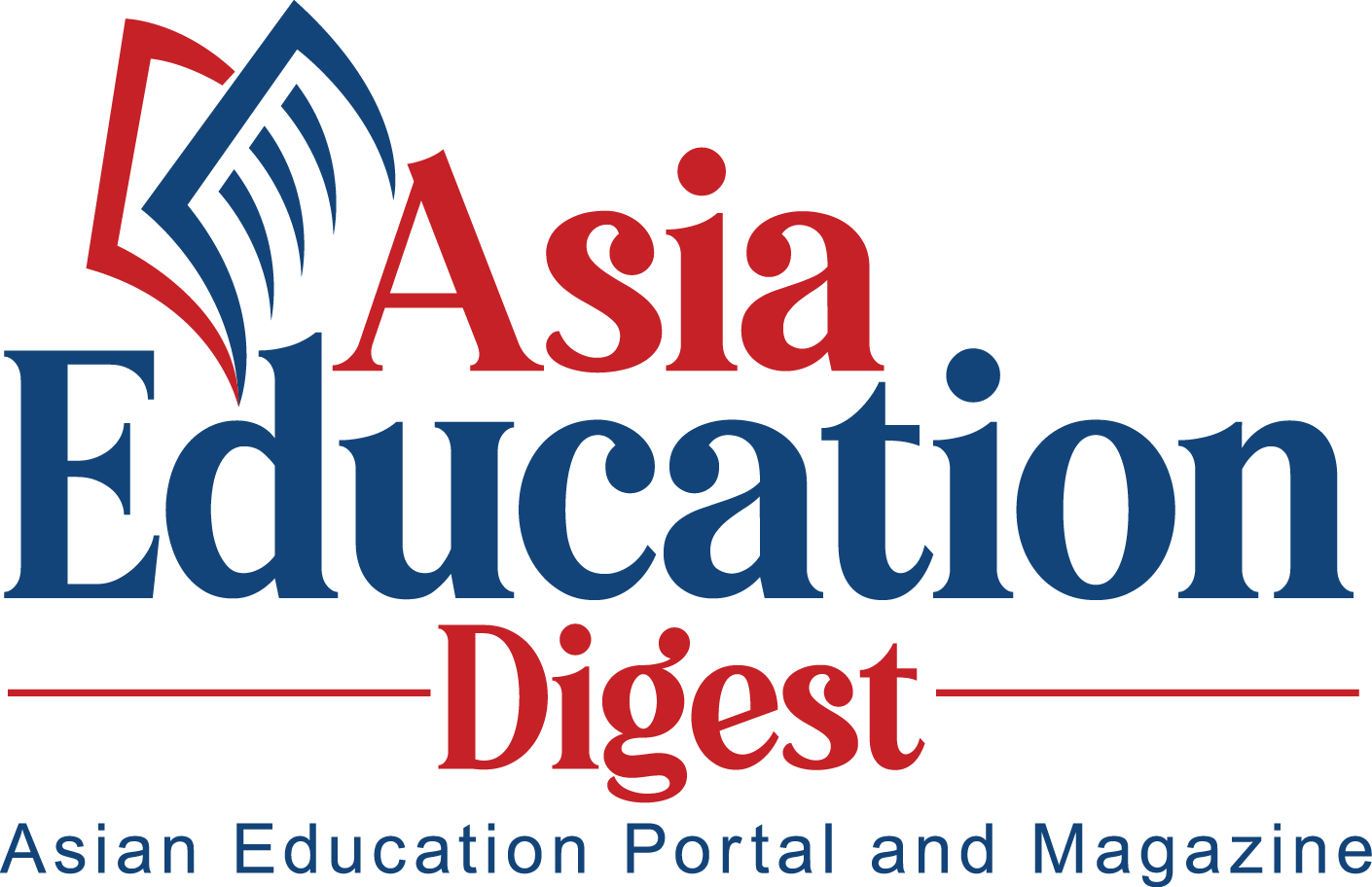Education holds the power for transformation. The evolution of mankind and the awe-inspiring transformations that we take pride in have been made possible by education. It would rather be more appropriate to say that it is the quality of education that makes the difference.
Ever since civilizations have embraced education, the focus has been on mass education and so shall it be but not at the cost of compromised quality. Dr. Margaret Davitt Maughan, University of San Francisco, USA, explains the quality of education as, “The key components of quality of education result from the interaction between schools, teachers, and classrooms. Schools that incorporate effective leadership have well-articulated goals, a community of educationalists, and positive learning environments. While teachers demonstrate intellectual competency via proficient academic preparation and continuous professional development. Classrooms should illustrate the convergence of relevant course content and pedagogy, enriched by technology, and appropriate class size. Quality schools recognize and honor the factors that affect student achievement e.g. demographic variables of the students’ families. Teachers whose assignments reflect their talents and areas of expertise feel valued and motivated. Classrooms, where research-based methodology, equity of access to resources, and a safe environment offer a habitat that promotes quality education.”

Why Are We Talking About Quality of Education?
Despite best efforts, often quality of education tends to get compromised when we focus on its expanse. In an August report, Outlook published, “… the literacy rate in India has risen to around 77%, and enrolment rates in primary education are nearly universal. Despite these advancements, challenges persist, particularly in terms of quality.” Enrollment does not meet the purpose of education; its quality and effectiveness do. Dr. Maughan elaborated on the benchmarks assessing the quality of education, “Assessment measures performance against institutional standards and learning objectives. There must be a direct correlation between ‘What is to be taught’ (goals, standards, objectives) and ‘what has been learned.’ Therefore, quality teaching directly impacts learning. For this to occur, the constituent components must be in alignment. The lesson plan, resources, activities, and school support should reflect this to incorporate a project-based learning portfolio that maximizes demonstration of student knowledge.”
Factors That Influence Quality of Education
Nothing operates in isolation. So, as we are bothered about the quality of education we must understand the elements that directly or indirectly influence education quality. In this connection, Dr. Maughan said, “Successful learning is, first and foremost, student-cantered and influenced by the following factors:
- Student aptitude, attitude, and abilities,
- Socio-economic and cultural variables in the community,
- The facilities, faculty, and student-teacher ratio (class size),
- Teacher preparedness (both academic and continuing), communication skills, and content competence,
- Interdisciplinary curricula that are relevant, inclusive, and the basis of life-long learning, and
- Research-based methodology that focuses on thinking (both critical and creative), problem-solving, and the decision-making process.”

Assessing Education Quality: How Do We Do That?
As we talk about ‘quality of education’ factors and ways to ensure it, we also need a mechanism to check its quality. To examine the quality of education we can take the help of the following ways:
Common Assessments
These are the traditional assessment procedures like terminal examinations and other tests. They will vary from country to country and according to the education systems that they are affiliated with.
Holistic Assessments
This specific assessment module is used to gauge the depth of students’ understanding of subjects that they are assessed for. A number of factors are considered for the evaluation allowing the students to exhibit their understanding in the best possible ways. Some of the holistic assessment practices are experiential learning, project-based learning, case studies, holistic rubrics, reflection, and cognitive development.
Challenges in Measuring Education Quality
When we say ‘education quality’ it is more than a candidate’s aptitude. While traditional assessment methods can measure learning ability, they cannot evaluate how much the student can utilize the knowledge or their problem-solving ability, capacity for understanding any new concept, reasoning ability, or analyzing any specific matter. These are learning achievements and one’s educational quality can be ascertained by looking for these elements.
Leveraging Education Quality Through Technology
Engagement encourages education; this approach to education has been working wonders for students of all ages and levels. Technology has been a great aid in simplifying education and adding quality to it. Dr. Margaret Davitt Maughan mentions, “In most situations, the quality of education has been positively influenced by the integration of technology. It offers a variety of powerful and collaborative tools that engage students in a variety of formats and platforms. Among the earliest examples of educational technology were applications for the visually and audibly impaired. An article in eSchoolnews (2023 12/11), listed their top 10 areas of impact of technology on education: (1) enhanced student engagement, (2) extended access to education, (3) personalized learning, (4) global connectivity, (5) preparation for the Digital Age, (6) efficiency in administrative tasks, (7) customized assessment with real-time feedback, (8) collaborative learning via online forums and software, (9) range of resources and materials, and (10) life-long learning skills.”
Gamification, augmented reality, artificial intelligence, and other relevant technologies increase learner engagement, enabling a deeper understanding of the subjects and leading to better remembering.

Ensuring Education Quality Through Accreditations
Quality checks are an indispensable way to maintain quality and keep improving it. Accreditations take it a step further by verifying it and confirming it with accreditations. Accreditation is a mark of excellence and makes organizations more credible. International Education Quality Accreditation Body (IEQAB), Accreditation High Quality Standard Education (AHQSE), International Education Accreditation Council (IEAC), Education Quality Accreditation Commission (EQAC), International Education Accreditation Society (INTEAS), and a few other organizations recognize institutions for quality education across the world.
Dr. Margaret Davitt Maughan explains, “The purpose underlying the accreditation process is two-fold: (1) to assure acceptable levels of quality in educational organizations, (2) to assist in the improvements within those schools. Under the theory of Johari’s Window, there exists a framework that allows individuals and institutions to become self-aware. It proposes that people and systems are often unaware of their strengths and weaknesses. The theory recognizes that perception and bias play a role in those beliefs. The self-study for accreditation is designed to facilitate an honest appraisal of what currently exists in a specific school.”
“There are several positive outcomes to the accreditation process. (1) The use of self-reflection acknowledges an openness to growth and thus a commitment to continuous improvement. (2) A well-trained and motivated faculty and staff will have a higher level of investment in the continued success of the school. (3) Formal recognition of excellence by peer review will indicate an endorsement of a school’s vision and mission. These will be expressed in the processes and procedures of the staff and administration as well as the documentation provided in the student’s work. (4) The accreditation process offers an opportunity for a school to highlight areas of success via academic quality, institutional integrity, and faculty excellence while supplying a framework for organizational structure and management,” Dr. Maughan further elaborates.

When it comes to leveraging quality development and utilizing it in different sectors then you ought to ensure its quality. Supervising education modules, evaluating their quality, and keeping a check on the outcomes are staple practices to maintain standard quality of education. Despite remarkable increases in literacy rates across the world, the mass continues to stumble at challenges. This is why we are talking about the need to improve education quality, across the globe, adopt necessary measures, supervise the procedures, and verify its quality through accreditations. Globally renowned accreditation bodies practice strict standards of verifications; getting accreditations from any of them is certain to leverage your institution up in the ranks.


